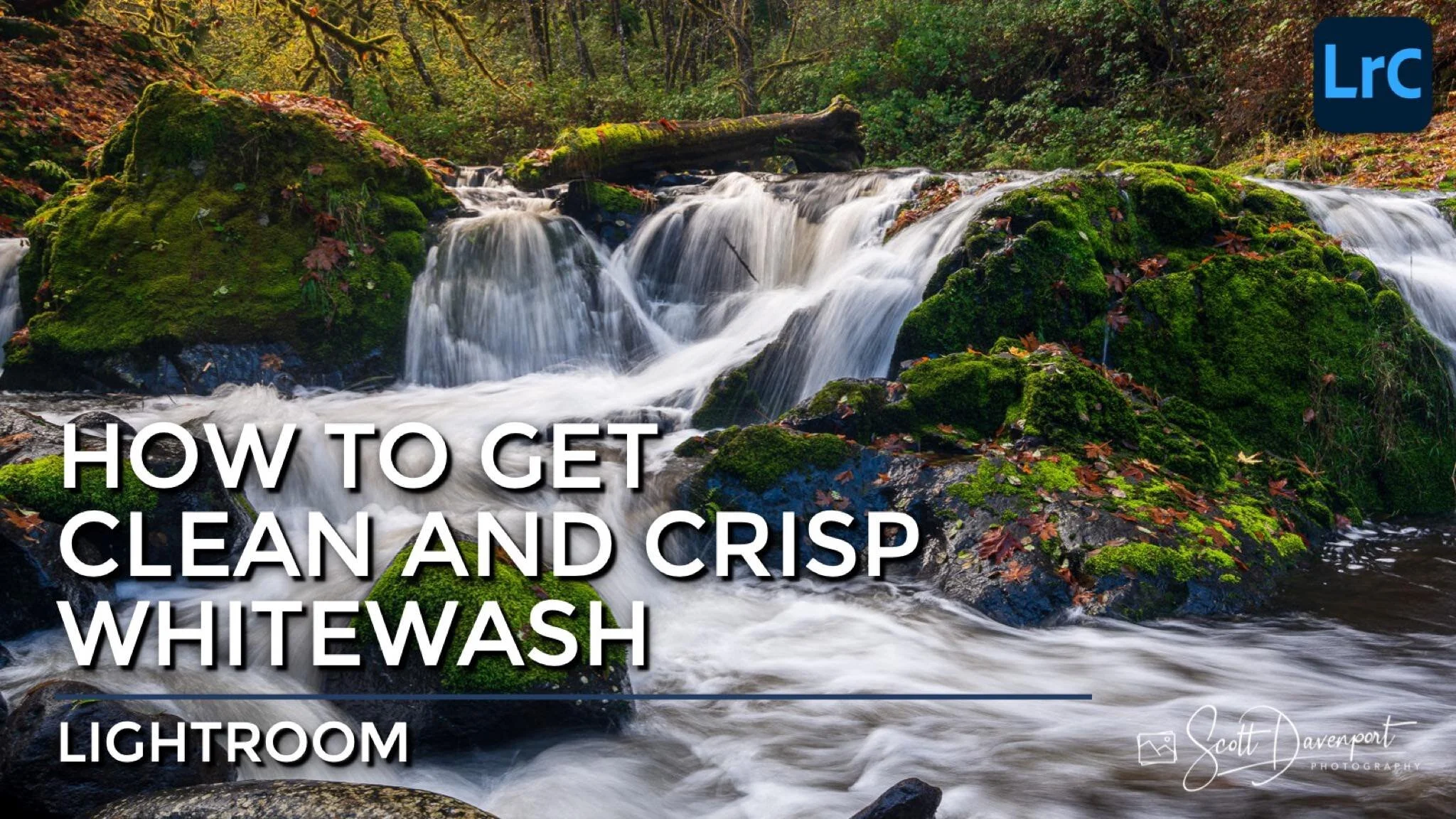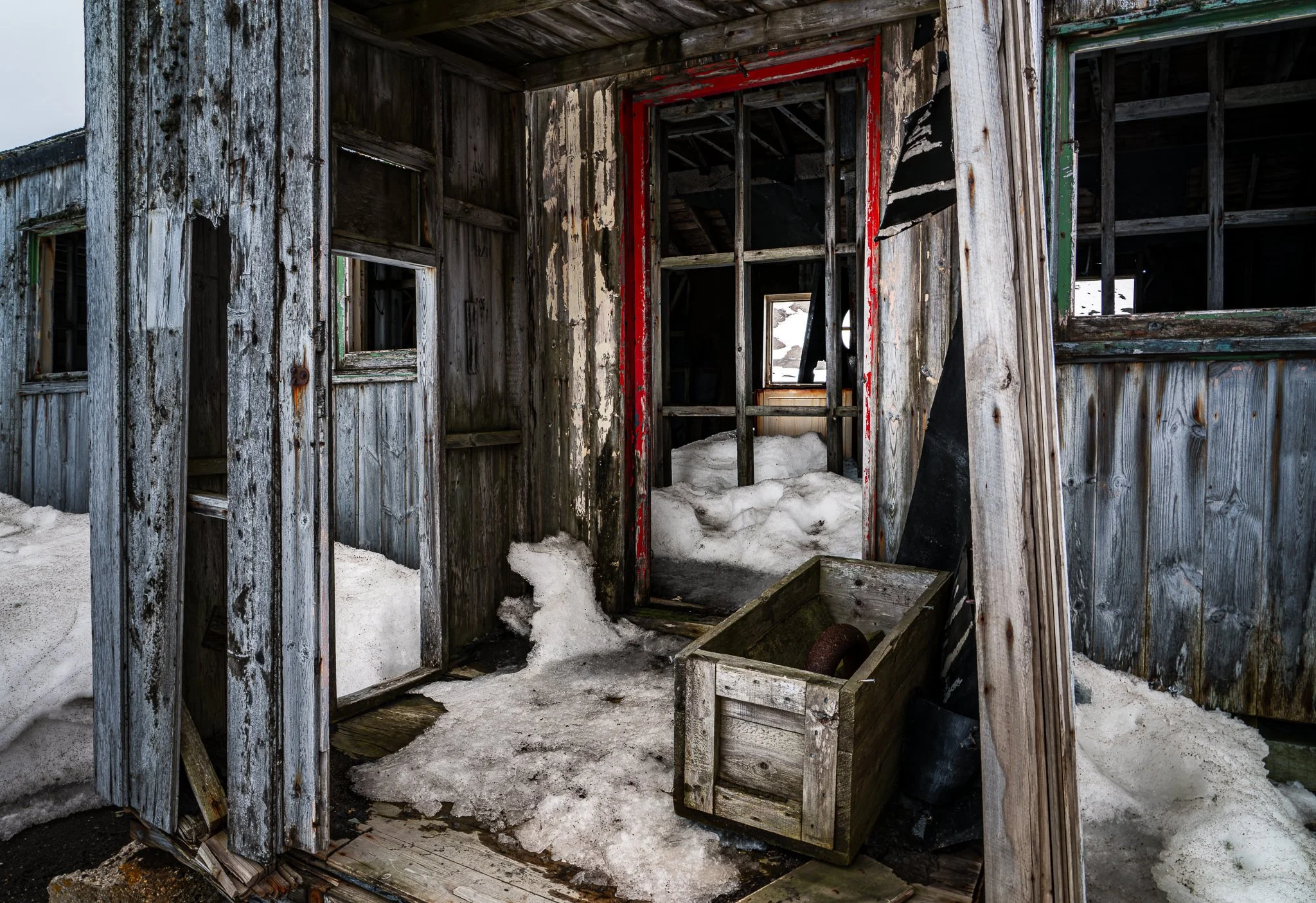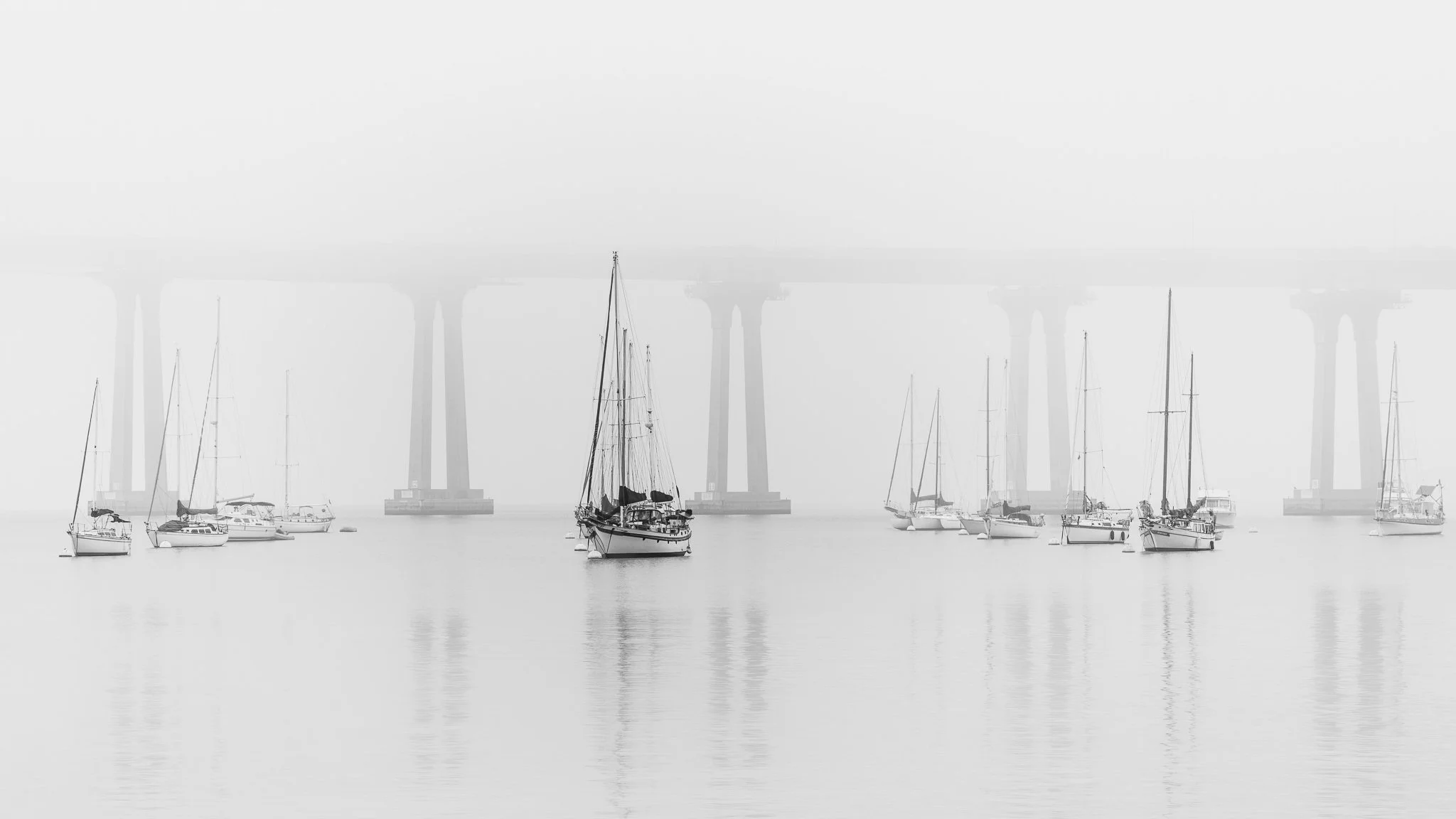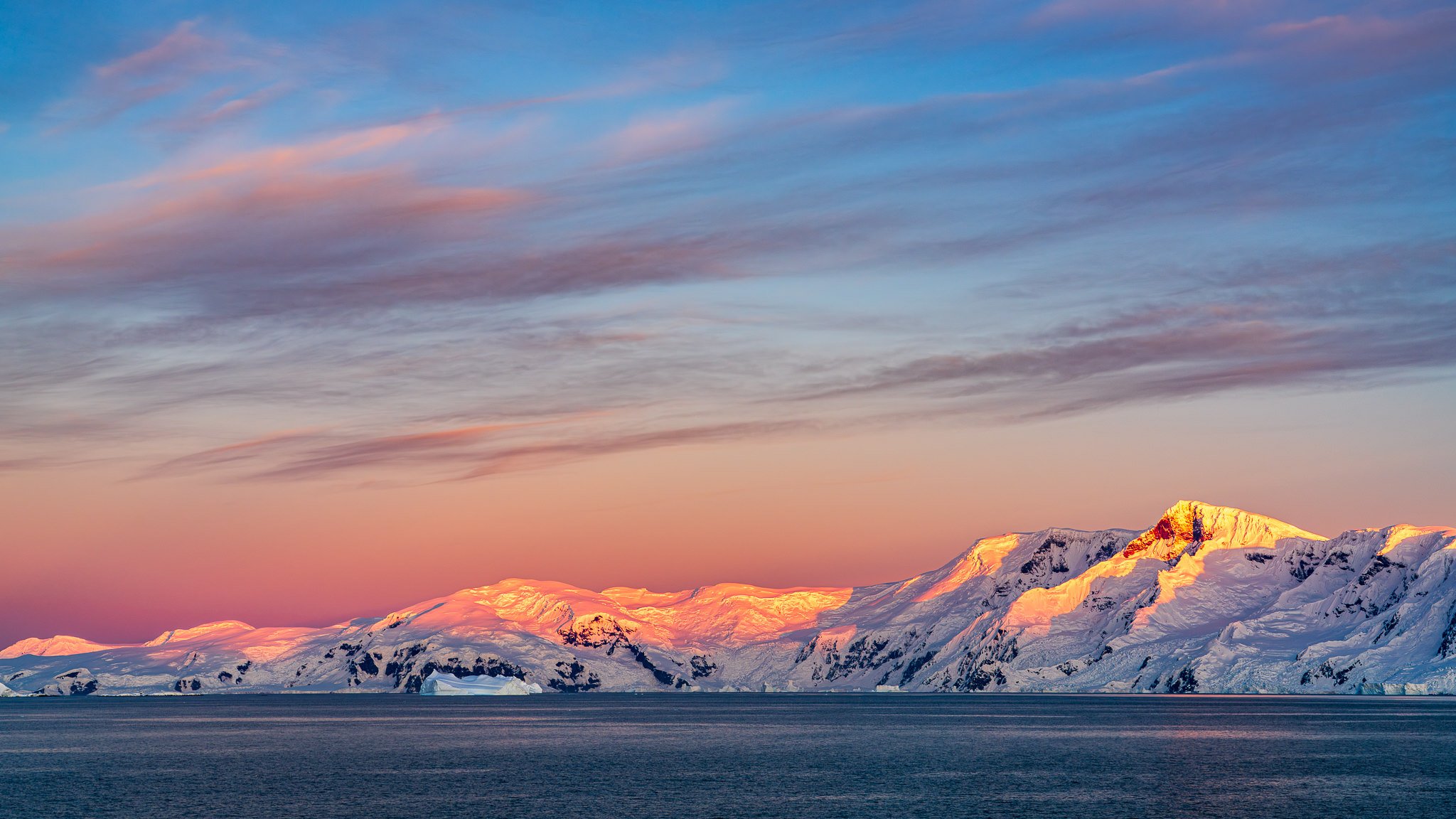3 Steps To Get Crisp And Clean Whitewash In Your Water Photos
Landscape photographers love to photograph rivers, streams, and ocean foam. The ever-changing fingers of silky water make fascinating accents in landscape photos. They draw a viewer into a scene and convey emotion. In my water photos, I like the swirling, flowing whitewash to be a bright, clean white. Here is a 3-step technique to get crisp, clear whitewash in your landscape photos.
Note: This article illustrates the technique in Lightroom. Similar principles apply for other software packages, like Photoshop and ON1 Effects.
Step 1 - Add A Gradient Mask
Open the graduated filter tool and drag a gradient mask over the whitewash you want to brighten and enhance. It is OK if the gradient covers other subjects and elements in the photo. In the next step, you will refine the mask so only the water is affected.
Cover the water in your photo with a gradient mask.
Step 2 - Target The Mask To The Water
In the graduated filter controls, open the Range Mask popup and choose Color. Click the eyedropper and drag a box over a segment of whitewash in your image. The gradient mask is reduced to affect only the colors similar to the whitewash.
For many landscape scenes, this is the only masking adjustment that is needed. If the area covered by the gradient includes colors similar to the whitewash, further refinement may be needed. A good approach is:
Press the O key (O for overlay) to visualize the mask
Adjust the Amount slider in the Range Mask area to refine the mask to the water
If necessary, activate the Brush panel of the graduated filter and use an erase brush to remove non-water elements
Pro Tip: If the Color range mask is not working well, try a Luminance range mask, limiting the impact to the highlight areas.
Refine the mask to affect predominantly the whitewash. In this example, I used a Color Range Mask to quickly target the adjustments to the water.
Step 3 - Desaturate And Adjust Tonality
The last step is to adjust the tonality of the whitewash to make it bright and clean. You’ll do this by adjusting the sliders for the graduated filter.
First, adjust the Temperature slider to counteract any color cast the water may have. In my example, the whitewash has a cool, bluer cast. I have adjusted Temperature slider to be slightly warmer. If there is no color cast on the water, you can skip the Temperature adjustment.
Next, push the Saturation slider left into the negative value range. This removes color from the whitewash, making it a purer white. How much desaturation is required will depend on the photo. There is no correct value for the slider - it is the look of the photo that matters.
Adjust the Temperature slider to compensate for any color cast and remove color overall by moving the Saturation slider negative. Remember, the mask limits the effect to just the whitewash.
And there you go! Now you can make that whitewash pop and have your landscape images stand out.
Sweet Creek Mapleton Oregon
Contact Scott to commission a print or license this image.










